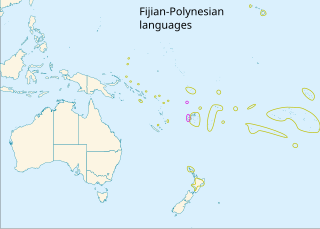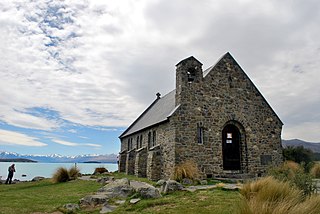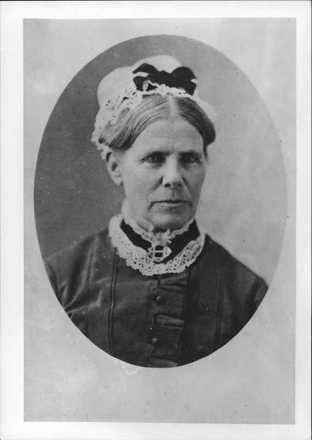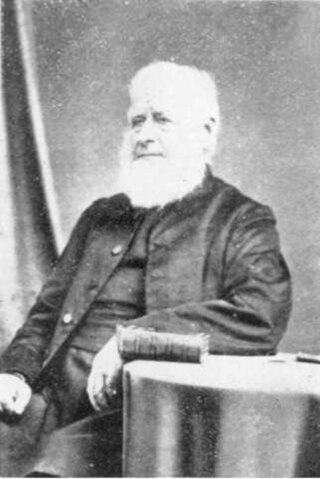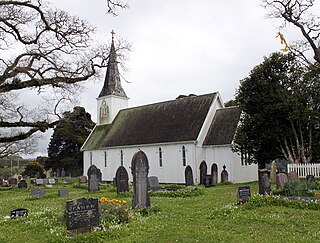Māori
The Bible was translated into the Māori language in the 19th century by missionaries sponsored by the Church Missionary Society. [2] In 1826, the Rev. William Williams started work on the translation of the Bible into the Māori language. The Rev. Robert Maunsell worked with William Williams on the translation of the Bible. William Williams concentrated on the New Testament; Maunsell worked on the Old Testament, portions of which were published in 1827, 1833 and 1840 with the full translation completed in 1857. [3] [4]
In July 1827 William Colenso printed the first Māori Bible comprising three chapters of Genesis, the 20th chapter of Exodus, the first chapter of the Gospel of St John, 30 verses of the fifth chapter of the Gospel of St Matthew, the Lord's Prayer and some hymns. It was the first book printed in New Zealand and his 1837 Māori New Testament was the first indigenous language translation of the Bible published in the southern hemisphere. [5] [3]

In 1830, during Rev. William Yate's stay in Sydney, New South-Wales, he supervised the printing of an edition of 550 copies of a translation of the first three chapters of the Book of Genesis; the first eight chapters of the Gospel according to St. Matthew; the first four chapters of the Gospel according to St. John; the first six chapters of the Epistle of St. Paul to the Corinthians; parts of the Liturgy and the third catechism, Ko te katekihama III. [6] [7]
William Gilbert Puckey also collaborated with William Williams on the translation of the New Testament, which was published in 1837 and its revision in 1844. [3]
The translation and printing of the Book of Common Prayer was completed by November 1841. The greater number of the Collects were translated by the Rev. William Williams; the Sacramental and Matrimonial Services by William Puckey; and the remaining Collects, with the Epistles from the Old Testament, Thanksgivings, and Prayers, Communion of the Sick, Visitation of the Sick, Commination, Rubrics, and Articles of Religion, by William Colenso. [8] From May to September 1844 a committee consisted of Archdeacon William Williams, the Rev. Robert Maunsell, James Hamlin, and William Puckey revising the translation of the Common-Prayer Book. [9] [10] The first complete editions of the New Testament, and the revisions, were published at the expense of the British and Foreign Bible Society. [11]
The Rev. William Williams and Rev. T. W. Meller M.A., the Editorial Superintendent of the British and Foreign Bible Society, worked to revise the translation of the New Testament. [11] In 1853, 15,000 copies were printed in England. [12] These copies, when circulated, made the total number of 106,221 copies of the New Testament printed in the Māori language and distributed by the CMS and Wesleyan Missionary Society in New Zealand. [12] In the early 1860s Elizabeth Fairburn Colenso helped prepare the revised Māori Old Testament and New Testament for the press. She corrected the printed copy, sometimes suggesting alternative translations. [13]
The first edition of the full Māori Bible was published in 1868. [11] Since then, there have been four revisions of the full Bible at intervals of 21 years, 36 years and finally 27 years up to the 1952 edition. The New Zealand Bible Society has a vision for a new translation of the Bible into modern colloquial Māori.
| Translation | John 3:16 |
|---|---|
| Koia ano te aroha o te Atua ki te ao, homai ana e ia tana Tama kotahi, kia kahore ai e ngaro te tangata e whakapono ana ki an ia, engari kia whiwhi ai ki te ora tonu. |
